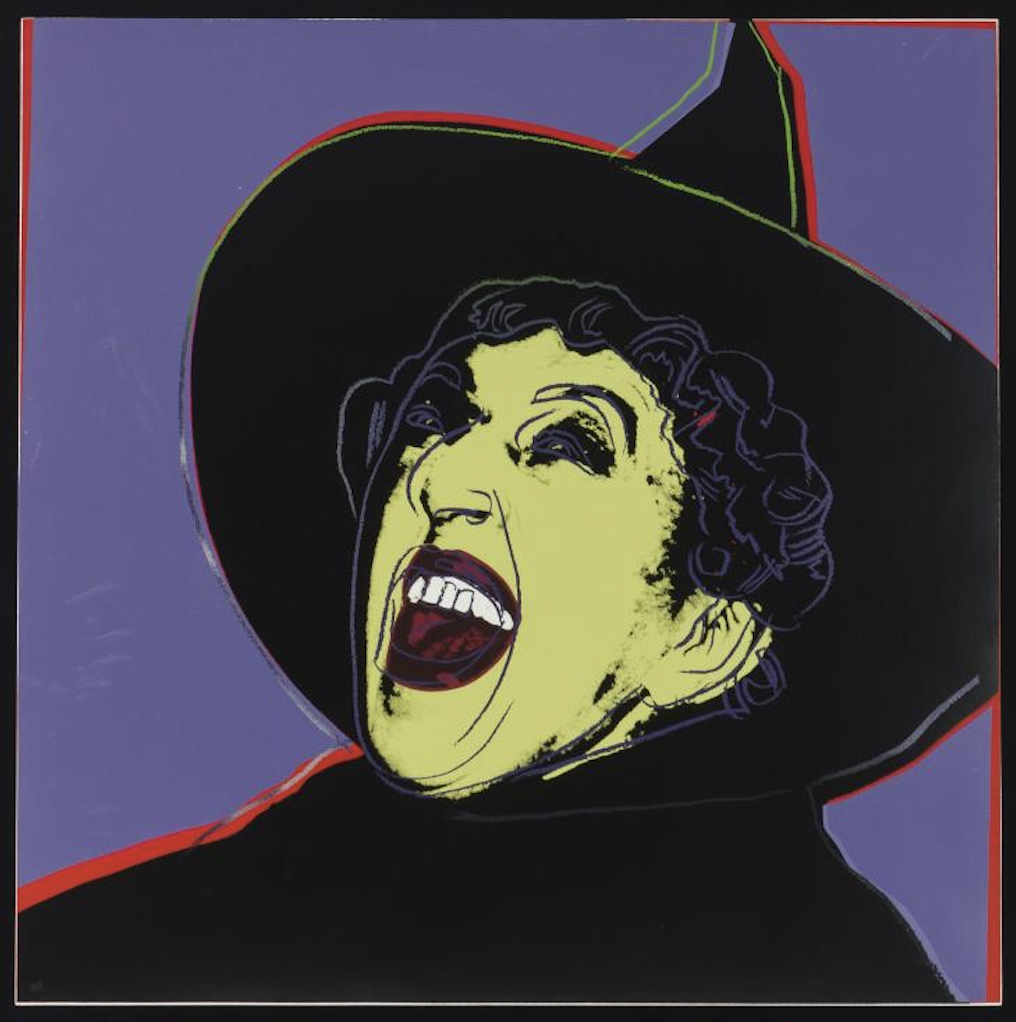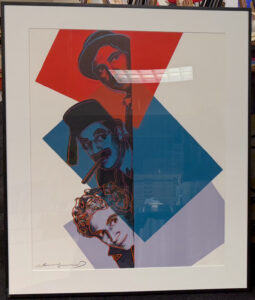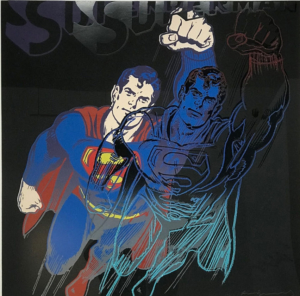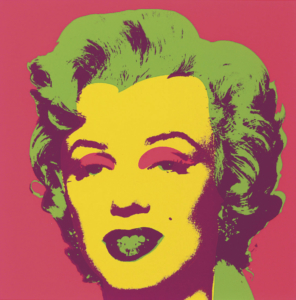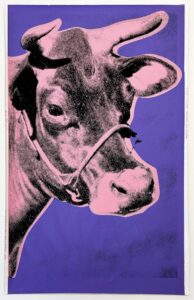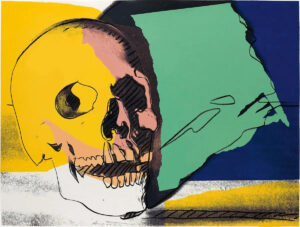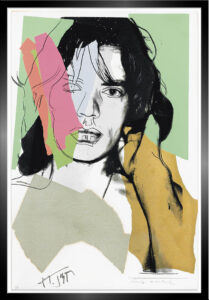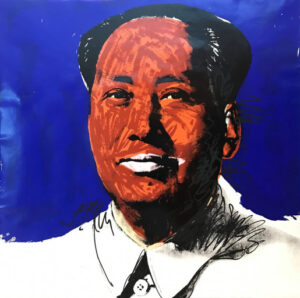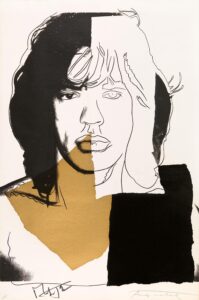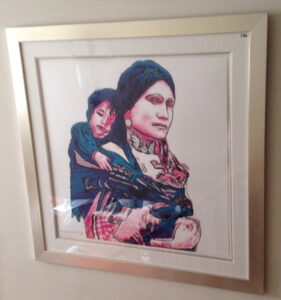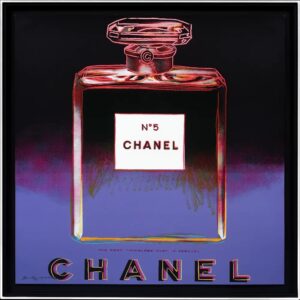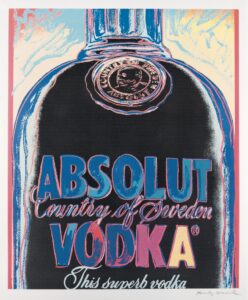The Witch, from Myths, 1981
38 x 38 inches (96.5 x 96.5 cm.)
To create a similar listing log in or sign up.
Log in/sign upAll works are inspected prior to delivery, work will be sent out tracked and insured at buyers cost. If you'd like to make specific arrangements or discuss collection then please contact us directly.
Accepted: Wire transfer
ART PLEASE Assurance Policy: Every ART PLEASE seller has been approved by ART PLEASE after a thorough review. All of our sellers are required to accept the following ART PLEASE policy: A buyer may return an item purchased through ART PLEASE, if the item received is not as described in its listing, or is found to be unauthentic.
Andy Warhol, a leading figure in the visual art movement known as Pop Art, revolutionized the art world with his unique approach to mass culture and consumerism. Born in 1928, Warhol gained fame for his iconic works that celebrated popular culture, consumer goods, and celebrity icons. His art often blurred the lines between high and low culture, challenging traditional notions of artistic value. In 1981, Warhol created "The Witch," a screenprint that was part of his renowned "Myths" series. This series consisted of 10 screenprints, each featuring different characters such as Superman, Howdy Doody, and Santa Claus. "The Witch" exemplifies Warhol's fascination with the fantastical and mythical, presenting a visually striking and enigmatic representation of the archetypal witch figure.
The Myths series, including "The Witch," reflects Warhol's ability to elevate ordinary images to the status of high art while maintaining a connection to popular culture. Warhol's use of bold colors, repetition, and mass-production techniques in these screenprints contributed to the series' visual impact. "The Witch" captures the essence of cultural fascination with folklore and the supernatural, inviting viewers to reconsider the boundaries between reality and imagination. Through his Myths series, Andy Warhol not only expanded the scope of his artistic expression but also invited audiences to engage with and question the societal myths that shape our collective consciousness.


